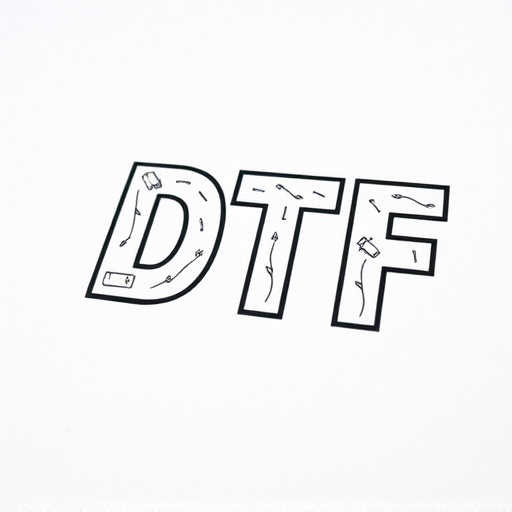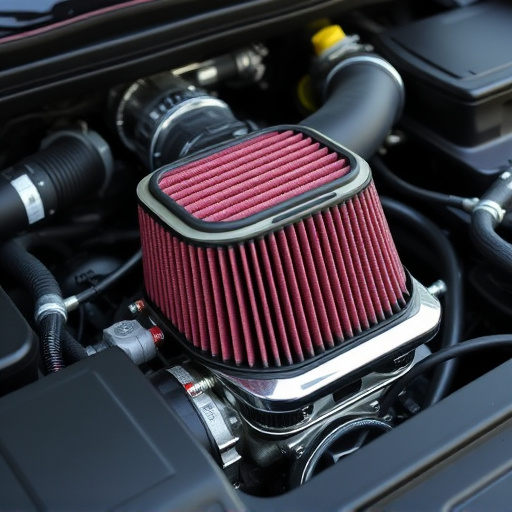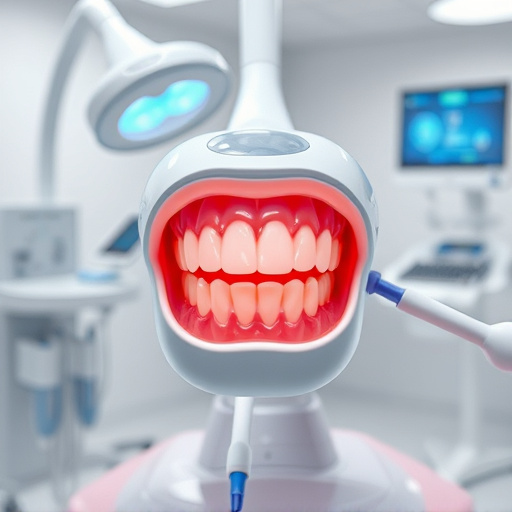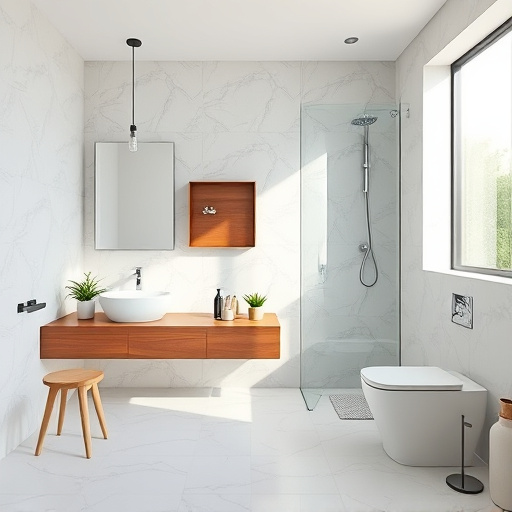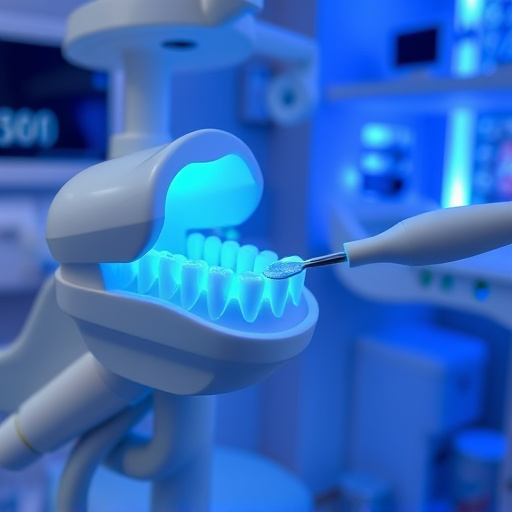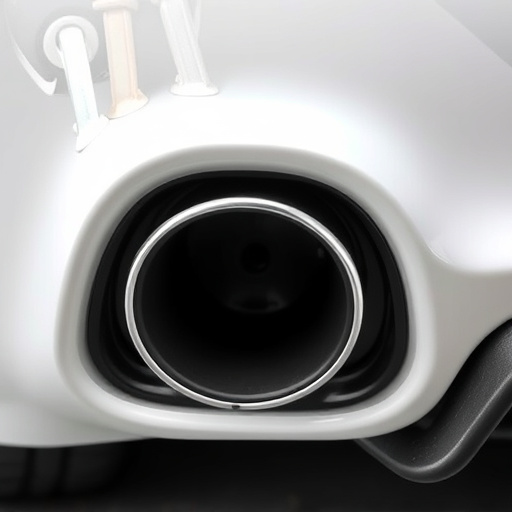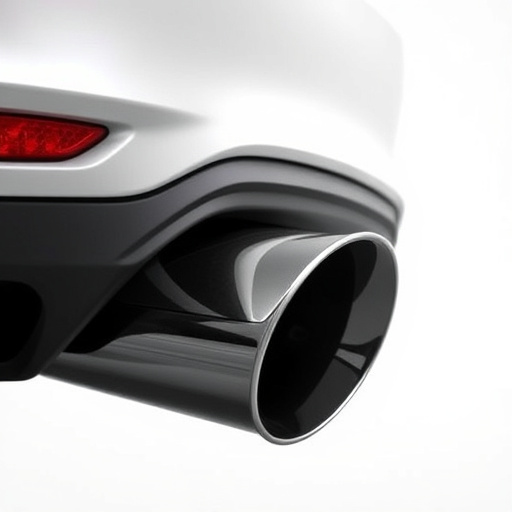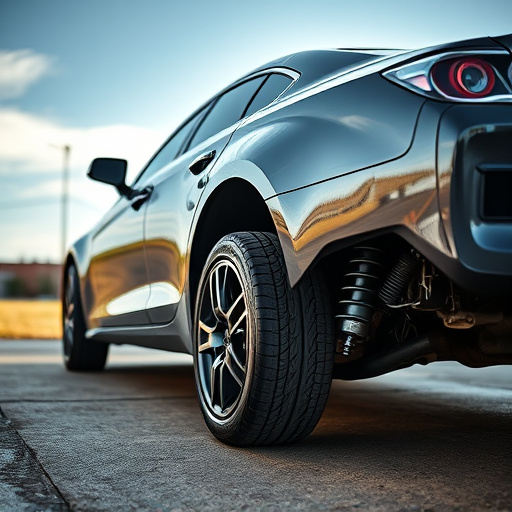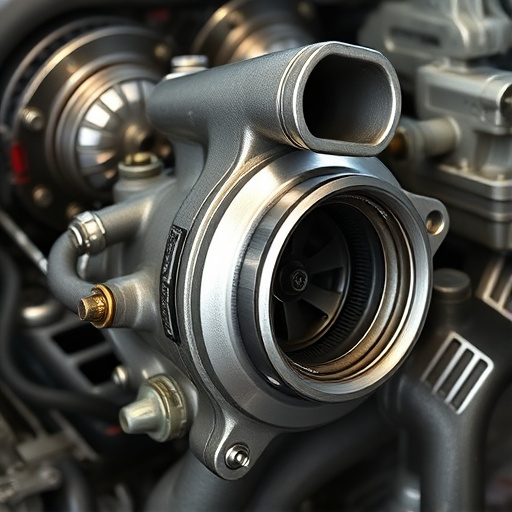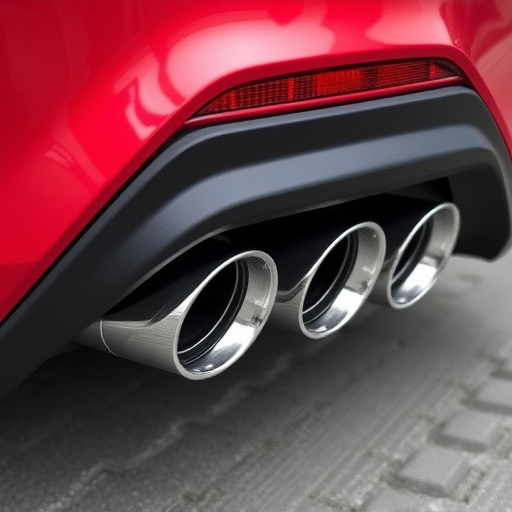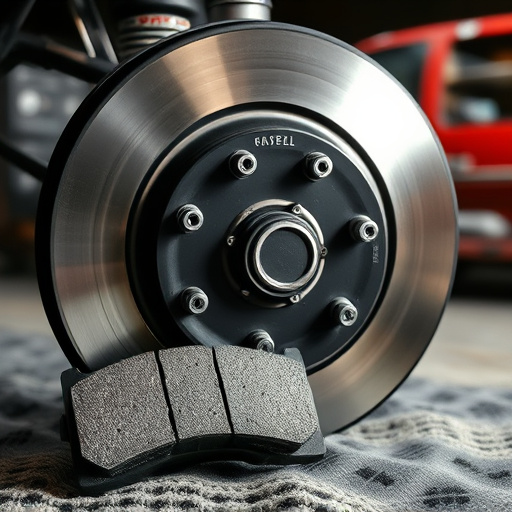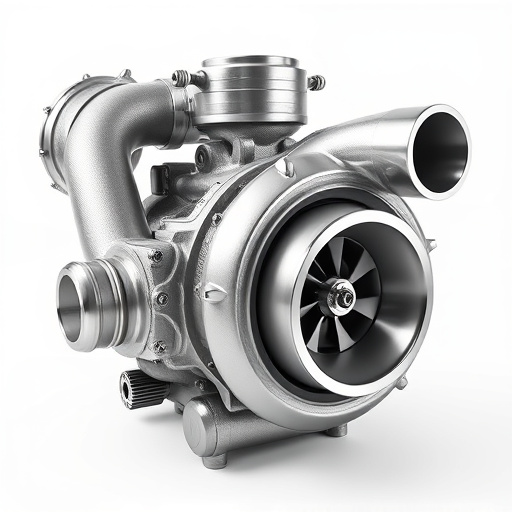Power Stop Brake Kits offer enhanced braking performance for vehicle owners looking to improve their stopping power, handling, and driving experience. These kits replace OEM components with high-quality materials like stainless steel rotors, carbon ceramic pads, and precision calipers, providing better heat dissipation and reduced rot value. While OEM brakes are reliable and cost-effective for everyday driving, Power Stop kits cater to enthusiasts seeking superior performance and custom tuning. The choice depends on desired performance level, installation considerations, warranty, and personal preferences.
Looking to upgrade your vehicle’s braking system? Explore the battle between Power Stop Brake Kits and Original Equipment Manufacturer (OEM) brakes. This comprehensive guide breaks down the features, benefits, and drawbacks of each option. Discover how Power Stop kits stand out with enhanced performance, longer lifespans, and cost-effectiveness, while OEM brakes offer reliability and stock-like handling. Make an informed decision for your safety and driving experience with our detailed comparison.
- Understanding Power Stop Brake Kits: Features and Benefits
- OEM Brakes: What You Need to Know
- Comprehensive Comparison: Power Stop vs. OEM Brakes
Understanding Power Stop Brake Kits: Features and Benefits
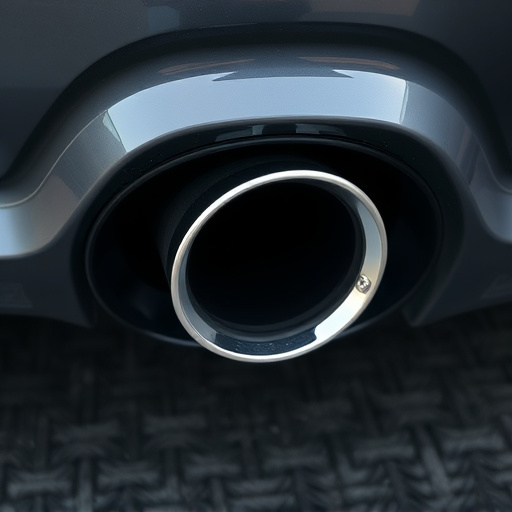
Power Stop Brake Kits are a popular upgrade choice for vehicle owners looking to enhance their braking performance. These kits offer a comprehensive solution by replacing stock brake components with high-performance alternatives. Typically, a Power Stop Brake Kit includes upgraded brake rotors, which are designed to dissipate heat more efficiently, ensuring better stopping power and reduced fade during intense driving conditions.
The benefits extend beyond improved braking capabilities. Many kits also feature advanced brake pads engineered for reduced dust and noise, providing a quieter and cleaner braking experience. Additionally, some kits may include new calipers, offering enhanced durability and consistent performance over time. These upgrades can significantly contribute to improved handling, especially when combined with other modifications like cat-back exhausts or high-performance exhaust mufflers, ensuring a more responsive and controlled driving experience.
OEM Brakes: What You Need to Know
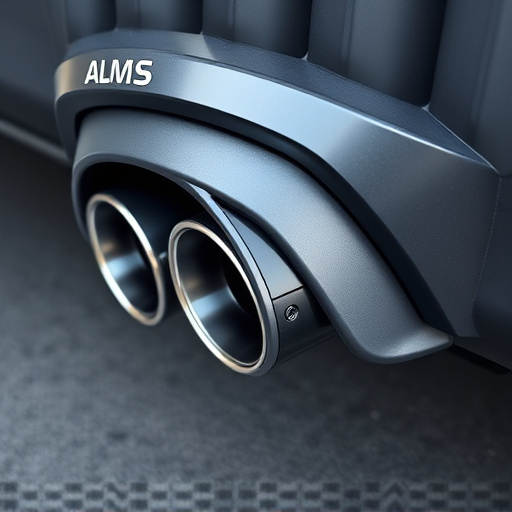
Original Equipment Manufacturer (OEM) brakes are the standard braking systems fitted to vehicles during their production. They serve as a crucial component in ensuring safe and efficient vehicle control, providing reliable performance under various driving conditions. OEM brake kits typically include all necessary parts for proper functioning, such as brake pads, rotors, calipers, and sometimes even hardware. These components are designed to meet the specific performance standards set by the vehicle manufacturer, guaranteeing compatibility and optimal vehicle handling.
When considering a upgrade from stock brakes, understanding the limitations of OEM systems is essential. While they offer dependable stopping power, many drivers seek enhanced braking performance for improved vehicle control and reduced stop times. This is where after-market options like Power Stop brake kits excel. These kits are designed to outperform OEM brakes, often featuring high-quality materials, advanced engineering, and custom-tuned specifications for optimal vehicle performance, including popular upgrades like coilover kits and performance air filters.
Comprehensive Comparison: Power Stop vs. OEM Brakes
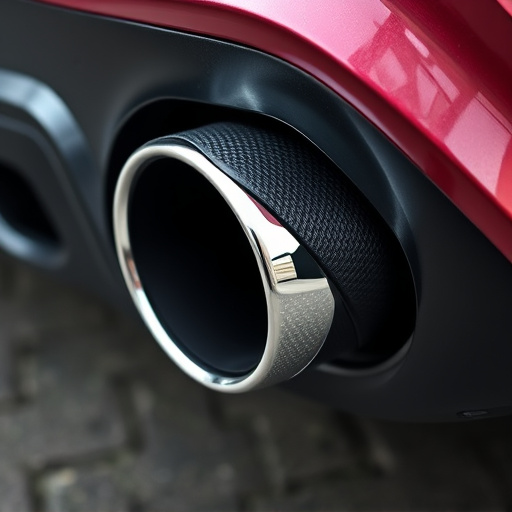
When it comes to enhancing vehicle braking performance, the choice between a Power Stop brake kit and Original Equipment Manufacturer (OEM) brakes is a common dilemma for car enthusiasts. Both options offer improved stopping power but differ significantly in terms of construction, materials, and intended audience. The Power Stop brake kit is a third-party aftermarket product designed to outperform OEM brakes by incorporating high-quality components like stainless steel rotors, carbon ceramic or performance compound pads, and precision-engineered calipers. These kits are often marketed towards those seeking better braking performance, improved heat dissipation, and reduced rot value, especially in vehicles with demanding driving styles or performance modifications.
In contrast, OEM brakes are the standard issue supplied by vehicle manufacturers and are generally designed for reliability and cost-effectiveness over extreme performance. While they may deliver adequate braking for everyday driving conditions, OEM brakes often lack the advanced materials and engineering found in power stop kits. However, OEM parts can be a more economical choice for those who primarily drive their vehicles casually or require a more subtle performance upgrade. Considerations like compatibility with specific vehicle models, ease of installation, warranty coverage, and the potential for better heat management through performance exhaust and muffler tips should all factor into the decision between these two braking systems.
When choosing between a Power Stop Brake Kit and OEM brakes, consider your driving needs and budget. Power Stop kits offer enhanced performance and durability at a competitive price, while OEM brakes provide a more stock experience but may require frequent maintenance. For most drivers, a Power Stop kit delivers an optimal balance of improved braking power and cost-effectiveness.
